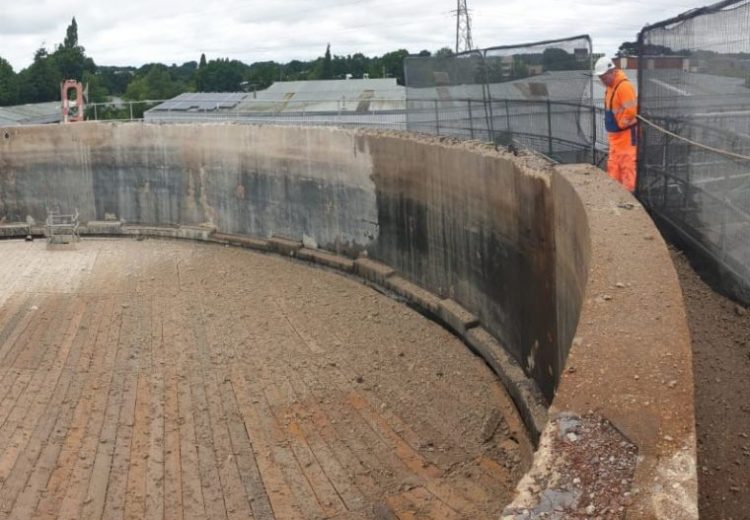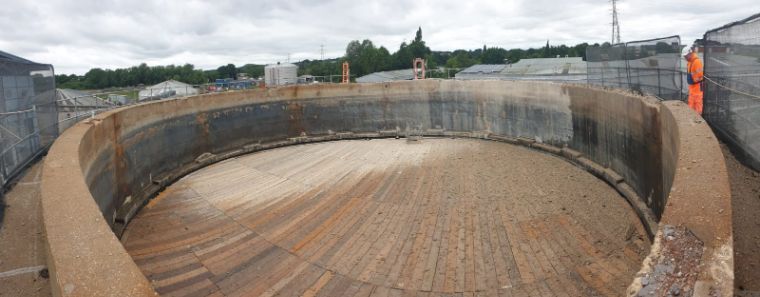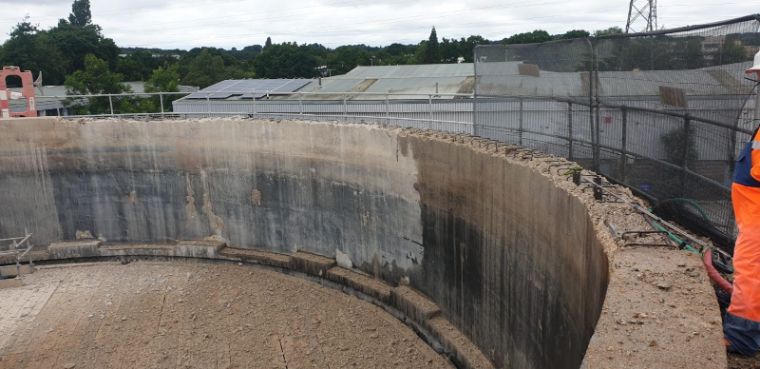Hydro Demolition
Service
Services
Contact For Services
Total Specialist Maintenance Ltd (TSM) is a leading specialist contractor Driven to exceed expectation!

Hydro Demolition
Hydro-demolition is a flexible and effective method of cutting and removing concrete. It is usually used in circumstances where the vibration from mechanical or hand demolition might cause damage to the underlying structure. By varying the pressure and flow, our operators are able to remove loose concrete, corrosion from steelwork and any surrounding dust and chlorides from the affected area.
Using high-pressure water jets to break concrete, hydro-demolition allows access to restricted areas and enables operatives to work safely, removing the problem of vibration injuries. The method has a faster removal rate, less noise, less dust and less damage.


Benefits
Directly Employed Workforce
Highly Skilled and Experienced Operatives
Certified Training
Accreditations






Frequently
Ask Questions
Technical Questions About
Hydro-Demolition
Frequently asked questions about Total Specialist Maintenance hydro demolition, for problems and technical queries regarding system suitability
For any additional information that is not listed please contact our technical team
Hydro-demolition is a demolishing technique used to remove concrete and other materials using high pressure or ultra high-pressure water jet. Compared to conventional tools, hydro-demolition is an effective technique to cut down the concrete without affecting substructures and other parts.
Hydro demolition has been in use since the 1980s as an alternative method of precision demolition, used for cutting through and removing concrete, grout and asphalt in situations where the targeted area needs to be clearly defined.
Here are just a few of the benefits of hydro demolition:
- Concrete can be effectively removed without any risk of damage to the steel substructures within or around the concrete
- The method is vibration-free, meaning no risk of cracks or microfracture damage to surrounding structures, as well as making the process safer for workers
- No toxic chemicals are used during hydro demolition
- No dust or noise pollution is generated during the process
- The process is quicker and more cost-effective than other demolition methods, as well as requiring less disruption
The technique is ideal for removing concrete that is damaged or has deteriorated..
The versatility of hydro demolition means that it is used in a wide range of applications, including the removal of concrete from:
- Bridges
- Parking structures
- Dams, tunnels and aqueducts
- Water treatment facilities and power plants
- Piers and docks
- Supporting structures
- Warehouses
- Thrust blocks
Major drawbacks of hydro-demolition are:
- High runoff issue is faced if the water is not collected and controlled correctly.
- Hydro-demolition demands water a lot of water circa 40 litres per minute
- Increased risk assessment is necessary while performing hydro-demolition for vertical and overhead works.
The essential benefits of hydro-demolition are:
- Reduced dust and noise pollution
- Water collected can be treated and reused
- Cost and time-effective method
- No issues of microfractures after hydro-demolition
- High-quality bonding surface
- The selective demolition of reinforced structures without affecting reinforcement
- Reduced risks to the operators
- Suitable in confined spaces
- Best suited for industrial applications
The major fields for application of hydro-demolition are:-
- Bridge and parking deck repair
- Decommissioning
- Decontamination
- Construction joint cleaning
- Road maintenance
- Tunnel rehabilitation
- Tank refurbishment
